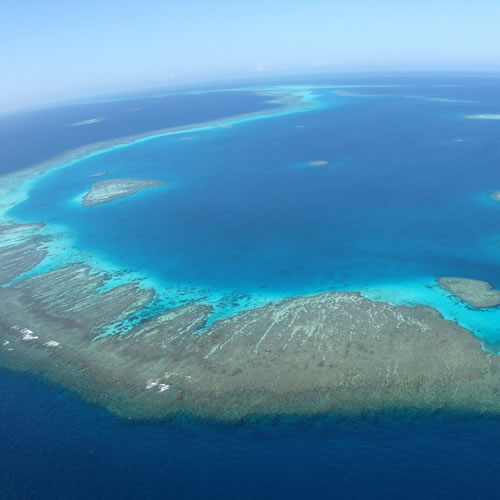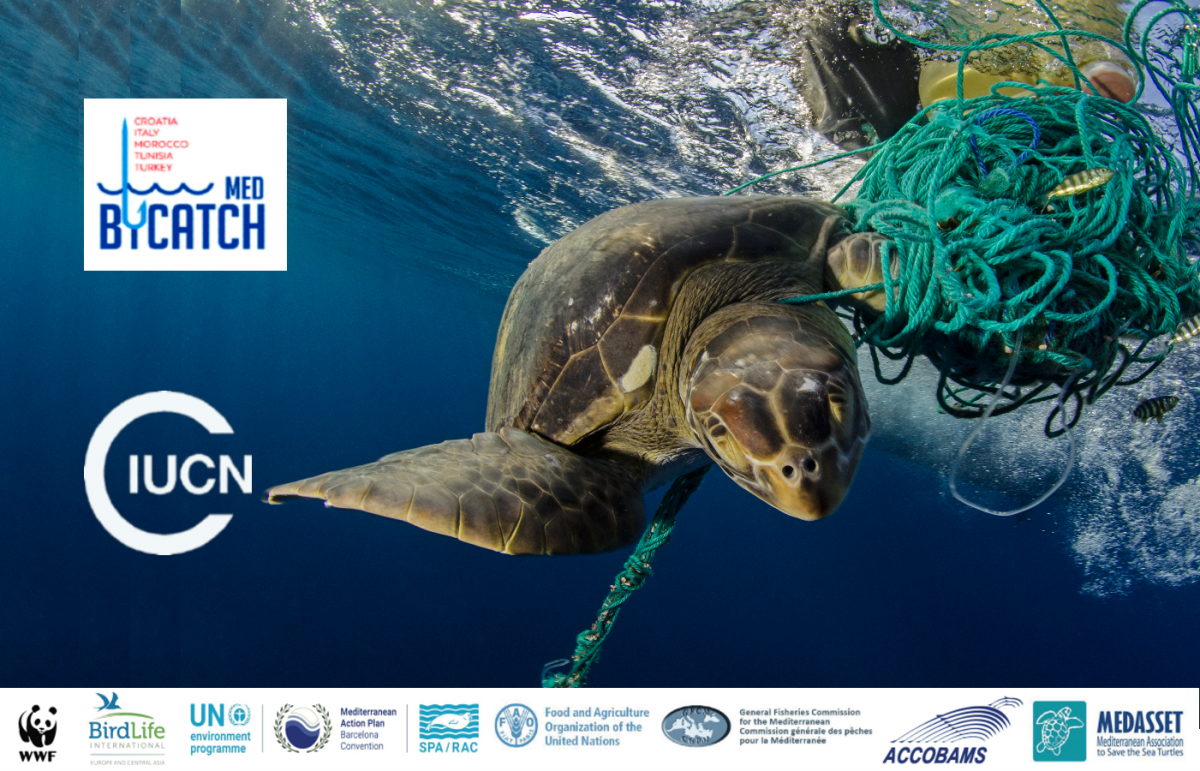Maritime momentum
The world is awash with conventions and agreements that are supposed to conserve our oceans but none are achieving the right results—reversing the multiple threats that are ruining the health of our marine environment.

Photo: Dan Laffoley/ IUCN
Oceans and seas, covering 71% of the earth’s surface, contain rich and diverse ecosystems that provide people with a string of social and economic benefits including revenue from tourism and fisheries. But less than 1% of them are protected, compared to about 12% of the land surface. Over-fishing, pollution, irresponsible coastal development and climate change are taking an ever-greater toll on the oceans and the wealth of life they support.
In 2002, recognizing the scale and pace of human-induced degradation of the marine world, most countries committed to establishing networks of Marine Protected Areas by 2012. Yet progress towards this target has been painfully slow. That’s why the spotlight is now turning on the World Heritage Convention which many believe has untapped potential to work as well for the oceans as it does for terrestrial conservation.
Of the existing 878 World Heritage sites, only 41 are protected at least partly for their marine biodiversity. In 2005 a World Heritage Marine Programme was launched aimed at increasing the scope of the Convention to promote large-scale protection of the marine environment. Conservationists trying to accelerate this process were given a welcome boost earlier this year when the Kingdom of Bahrain, in partnership with UNESCO and IUCN’s World Commission on Protected Areas, held a meeting to develop a clear road map of action.
The road map, called the Bahrain Plan of Action for Marine World Heritage outlines the steps needed in the next few years to increase formal recognition of the outstanding values that exist in our oceans and seas. Key experts came together to outline what was needed by both international and regional communities to better manage existing World Heritage sites and accelerate the inscription of new ones. The Action Plan calls for increased training for countries in developing nominations for sites, and improved data and information sharing.
With Bahrain as the host, the first region under scrutiny was the Gulf and Red Sea—identifying and prioritizing potential marine World Heritage Sites. While the Red Sea is famous for its globally-important marine biodiversity, most notably the extraordinary system of coral reefs; the Gulf of Aden, with its nutrient-rich waters, supports prolific fisheries. But the region’s existing marine protected areas do not fully represent the range of habitats and species found there including mangroves, turtle nesting sites and important breeding areas for seabirds.
World Heritage is seen as a key element in the Marine Plan of Action of IUCN’s World Commission on Protected Areas. An area of particular concern is identifying and implementing a network of protected areas on the high seas—the areas of the oceans that lie beyond any jurisdiction. Although the marine conservation community is keen to see a significant expansion of marine protected areas, it is equally anxious to ensure that attention is not deflected from improving the management of existing ones.
“The key now is to keep up the engagement with interested organizations and individuals and to build on the momentum created in Bahrain,” says Tim Badman, IUCN’s Advisor on World Heritage. “We hope the Action Plan will play a key role in achieving and even surpassing the 2012 targets for conserving biodiversity in our oceans and ensure the preservation of natural marine heritage for future generations.”



